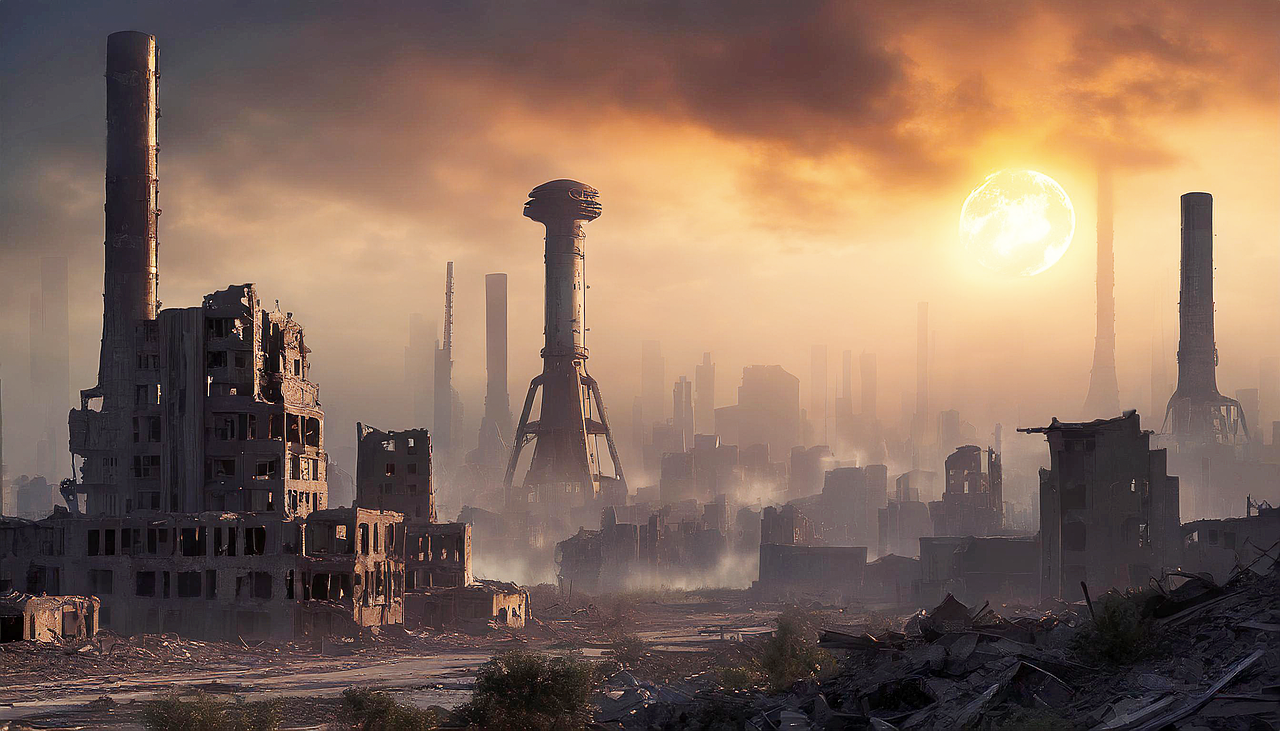Managing radioactive waste is one of the most challenging aspects of nuclear energy and industrial applications. Recycling radioactive waste, while feasible for some materials, involves complex processes, advanced technology, and strict regulatory oversight. This article explores the question: “Can you recycle radioactive waste?” by examining different types of waste, recycling methods, barriers, and future possibilities.
What Is Radioactive Waste?
Radioactive waste is a byproduct of nuclear reactors, medical treatments, research facilities, and industrial processes. It contains radioactive materials that emit radiation as they decay. This waste is classified into three main categories:
| Type | Description | Examples | Recycling Feasibility |
| Low-Level Waste (LLW) | Items contaminated with low radioactivity, like protective clothing, tools, and filters. | Contaminated metals from facilities | Feasible with strict regulations. |
| Intermediate-Level Waste (ILW) | Contains higher levels of radioactivity, including reactor components and chemical sludge. | Reactor parts, resins | Complex, requires advanced shielding. |
| High-Level Waste (HLW) | Highly radioactive spent fuel from nuclear reactors and other fission products. | Spent fuel rods, plutonium | Limited; involves reprocessing. |
Can You Recycle Radioactive Waste?
The answer depends on the type and level of radioactivity. Below, we explore the possibilities for recycling radioactive waste.
Recycling Low-Level Waste
Low-level waste (LLW) offers significant recycling opportunities:
- Recycling Contaminated Metals:
- Metals from decommissioned nuclear facilities can be melted and reused for industrial purposes under strict regulatory controls.
- This reduces waste volumes and lowers costs (Menon, 1999).
- Concrete Recycling:
- Concrete waste from dismantled facilities can be processed into recycled cement to solidify other radioactive waste, minimizing environmental hazards (Jeon et al., 2024).
Recycling High-Level Waste
High-level waste (HLW), such as spent nuclear fuel, presents the greatest challenges but also significant opportunities:
- Reprocessing Spent Fuel:
- What It Involves:
- Separates reusable uranium and plutonium from spent fuel, allowing them to be fabricated into new nuclear fuel.
- Benefits:
- Reduces HLW volumes.
- Extends the energy potential of nuclear materials.
- Challenges:
- High costs and technical demands.
- Proliferation risks, as reprocessing produces weapons-grade materials (Murray, 2001).
- What It Involves:
- Nuclear Transmutation:
- What It Is:
- Converts long-lived radioactive isotopes into shorter-lived or stable isotopes using nuclear reactions.
- Benefits:
- Reduces long-term hazards.
- Challenges:
- Still experimental, costly, and requires advanced reactor designs (Corkhill & Hyatt, 2018).
- What It Is:
Barriers to Recycling Radioactive Waste
Recycling radioactive waste is not without its challenges. Here are the major barriers:
1. Technical Challenges
- Recycling processes require advanced technologies to separate usable isotopes from hazardous ones.
- High radiation levels degrade materials over time, making handling and reprocessing difficult (Weber, 1991).
2. Economic Constraints
- Recycling is often more expensive than direct disposal due to:
- High operational costs.
- Need for specialized facilities (Murray, 1986).
3. Regulatory Hurdles
- Lack of consistent international standards restricts recycling and reuse.
- Public perception of safety concerns further complicates adoption (Menon, 1999).
4. Proliferation Risks
- Reprocessing spent fuel can produce weapons-grade plutonium, raising nuclear proliferation concerns (Smith, 1960).
Alternatives to Recycling Radioactive Waste
When recycling is not feasible, waste is managed through:
| Method | Description | Applications |
| Geological Disposal | Encasing waste in glass or cement and storing it deep underground. | Suitable for HLW requiring long-term isolation. |
| Interim Storage | Temporary storage systems to allow HLW to cool and reduce radiation intensity. | Provides flexibility while waiting for final disposal. |
The Future of Radioactive Waste Recycling
Innovation and policy advancements could revolutionize radioactive waste recycling:
1. Advancements in Nuclear Transmutation
- Research continues into cost-effective methods for isotope conversion to reduce long-term hazards.
2. Improved Recycling Technologies
- Enhanced separation techniques for isotopes and materials are being developed.
3. Global Cooperation
- Consistent international regulations could pave the way for broader adoption of recycling practices.
Conclusion
So, can you recycle radioactive waste? The answer is both yes and no. Low-level waste and certain components of high-level waste can be recycled under strict conditions, but the processes are complex and costly. With ongoing research, advancements in technology, and robust policy frameworks, the potential for recycling radioactive waste is growing, promising a more sustainable future.

Leave a Reply